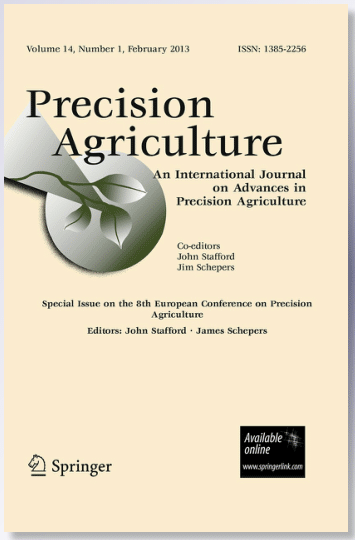Recognition of the importance of soil moisture information to the optimisation of water-limited dryland cereal production has led to Australian growers being encouraged to make use of soil moisture sensors. However, irrespective of the merits of different sensing technologies, only a small soil volume is sensed, raising questions as to the utility of such sensors in broadacre cropping, especially given spatial variability in soil water holding capacity. Here, using data collected from contrasting sites in South Australia and Western Australia over two seasons, during which either wheat or barley were grown, we describe a method for extrapolating soil moisture information away from the location of a probe using freely-available NDVI time series and weather data as covariates. Relationships between soil moisture probe data, cumulative NDVI (ΣNDVI), cumulative net precipitation (ΣNP) and seasonal growing degree days (GDD) were significant (P < 0.0001). In turn, these could be used to predict soil moisture status for any location within a field on any date following crop emergence. However, differences in ΣNDVI between different within-field zones did not fully explain differences in the soil moisture from multiple sensors located in these zones, resulting in different calibrations being required for each sensor or zone and a relatively low accuracy of prediction of measured soil moisture (R2adj ~ 0.4–0.7) which may not be sufficient to support targeted agronomic decision-making. The results also suggest that at any location within a field, the range of variation in soil moisture status down the soil profile on any given date will present as greater than the spatial variation in soil moisture across the field on that date. Accordingly, we conclude that, in dryland cereal cropping, the major value in soil moisture sensors arises from an enhanced ability to compare seasons and to relate similarities and differences between seasons as a guide to decision-making.


